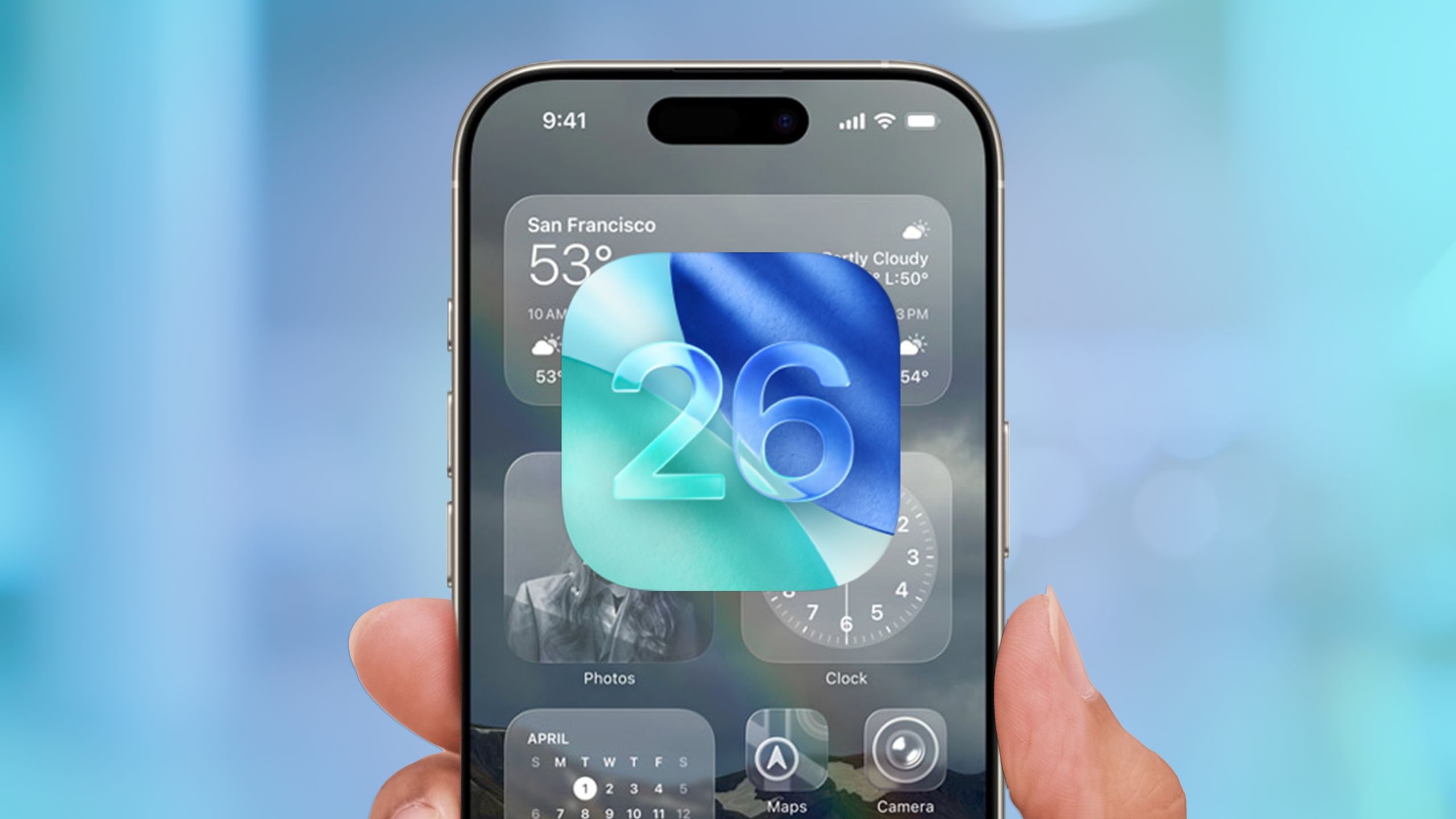If you’re on a fitness journey, a heart rate monitor (HRM) is an essential tool for helping you gauge your effort during workouts. While most fitness trackers and sports watches can measure your heart rate, this list looks at standalone HRMs you can pair with fitness equipment, your smartphone, and third-party workout apps. We’ve been reviewing heart rate monitors for more than a decade and put each through a rigorous real-world testing process to evaluate their accuracy, features, and overall value. Our top pick, the Polar H9, accurately covers all of the basic features you want at an affordable price, and it feels comfortable to wear. That said, if you want something even more affordable or feature-rich, our list of the best heart rate monitors has you covered.
Deeper Dive: Our Top Tested Picks
EDITORS’ NOTE
November 3, 2025: With this update, our lineup of recommended heart rate monitors remains unchanged. The existing picks have been vetted for currency and availability.
- Competitive price
- Accurate
- Supports ANT+, Bluetooth, and 5 kHz transmission (Gymlink)
- Easy to use
- Long battery life
- Comfortable
- Waterproof
- Lacks some features you get with pricier monitors
The Polar H9 costs less than other HRMs that pack more features, but it still covers all the basics. It’s comfortable, waterproof, and washable, and you can pair it with a phone, a running watch, or any other fitness equipment thanks to support for ANT+, Bluetooth, and 5kHz transmission. Polar’s companion apps offer heart rate training options as well as a simple VO2 Max test so you can track your fitness progress over time. The H9 doesn’t have any onboard memory, though, so it can’t store data from your previous training sessions by itself for later upload. Moreover, it supports just a single Bluetooth connection.
If you simply want to track your heart rate during workouts and train using that data, start with the Polar H9.
Learn More
Polar H9 Heart Rate Sensor Review
- Accurate readings in testing.
- Comfortable.
- Good battery life.
- Waterproof.
- Doesn’t require phone nearby.
- App charges for common features.
- GymLink connection occasionally lags.
Thanks to its built-in memory, the Polar H10 can store one training session before syncing, and it supports two simultaneous Bluetooth connections. Otherwise, it uses a coin cell battery, is waterproof and safe for swimming, uses an ECG (electric pulse) for heart rate measurements (rather than optical), and provides highly accurate results.
If you’re serious about incorporating heart rate zone training into your routine, it’s hard to beat the Polar H10’s accuracy. Choose this model if you often work out without your phone or if you want to beam your heart rate to more than one device at a time.
Learn More
Polar H10 Heart Rate Sensor Review
- Accurate in testing.
- Long battery life.
- Uses ANT+ and Bluetooth.
- Comfortable.
- Machine-washable strap.
- Can’t connect directly to Garmin Connect app.
- No special features.
The accurate, comfortable Garmin HRM-Dual offers both ANT+ and Bluetooth connectivity, so it can pair with just about any device or app. Battery life is a highlight: Garmin estimates that the included coin cell battery should last for roughly 3.5 years based on an estimate of one hour of use per day. That extended run time makes it suitable for long workouts such as an ultramarathon or a full day of golf.
If you need a reliable chest strap that can go the distance, the Garmin HRM-Dual is worth a look. Just keep in mind that when the battery eventually dies, you’ll need a screwdriver (the same kind as for eyeglasses) to swap it out.
Learn More
Garmin HRM-Dual Review
- Convenient form factor
- Practically weightless
- Rechargeable battery
- Onboard memory
- Works with Strava
- Only reads heart rate
- Limited app connectivity
Comfortable, reliable, and featherlight, the Polar OH1 is one of the best optical armband heart rate monitors we’ve tested. A rechargeable battery ensures you never have to buy replacement coin cells, while its Bluetooth and ANT+ connectivity means you can use the OH1 directly with supported fitness apps (such as Strava) and home gym machines. The OH1 also has onboard memory, so you can record a workout with it and leave your phone behind.
The Polar OH1 should be at the top of your list if you want an armband heart rate monitor rather than a chest strap.
Learn More
Polar OH1 Review
- Effortless setup.
- Rechargeable battery.
- Supports ANT+ and Bluetooth.
- Comfortable.
- Connects to a range of devices and apps.
- Can’t see heart rate or zones on sensor itself.
- Difficult to adjust while wearing.
Setting up and using the Wahoo Tickr Fit armband to measure your heart rate during exercise couldn’t be easier. It has a physical button for quickly switching it on and off, and it uses indicator lights to give you feedback about its status. It’s comfortable, accurate, rechargeable, and features both ANT+ and Bluetooth connectivity for compatibility with other devices.
If you’re looking for an easy-to-use optical HRM, the Wahoo Tickr Fit is worth checking out. We appreciate the Wahoo model’s vented strap, which makes it very comfortable to wear, though it might not fit around larger forearms.
Learn More
Wahoo Tickr Fit Review
- Accurate heart rate measurements
- Rechargeable battery
- Comfortable
- No onboard memory
- Doesn’t record heart rate during swims
- Lacks advanced running metrics
The Wahoo Trackr Heart Rate monitor has one feature that few other chest straps offer: You can recharge its battery. The battery should last for around 100 active hours, and then you can just plug it in instead of buying and installing a new coin cell. It doesn’t have any onboard memory, so you’ll need to sync it to an external device to record data, but it provides plenty of options for that with ANT+ for gym workouts and the ability to sync to three different Bluetooth devices at once.
If you want the accuracy of a chest strap but don’t like dealing with disposable batteries, the Wahoo Trackr Heart Rate is a good choice. While it doesn’t have onboard memory or track advanced workout metrics, it works well if you’re just looking to monitor your heart rate while you exercise.
Learn More
Wahoo Trackr Heart Rate Review

Get Our Best Stories!
All the Latest Tech, Tested by Our Experts

By clicking Sign Me Up, you confirm you are 16+ and agree to our Terms of Use and Privacy Policy.
Thanks for signing up!
Your subscription has been confirmed. Keep an eye on your inbox!
The Best Heart Rate Monitors for 2025
Compare Specs
Buying Guide: The Best Heart Rate Monitors for 2025
How Are Electric and Optical Heart Rate Monitors Different?
First, you need to decide between a classic chest strap that uses an electrical pulse to read your heart rate and something that uses optical technology. Many Fitbit devices, the Apple Watch, and other wrist-based activity trackers rely on the latter, as do sports headphones that record heart rate data via in-ear measurements.

Garmin HRM-Dual (Credit: Garmin)
Without getting too technical, chest straps read the small electrical signal your body creates to make your heart contract. Optical technology sends light into the skin and reads what reflects. Based on that information and what we know about how light scatters when it hits blood, these sensors translate the data into a pulse measurement.
Electrical technology tends to be more accurate. Measurements from the arm and wrist are more difficult because those body parts can swing rapidly during activity, thus creating noisier data. In-ear optical HRMs tend to be better than wrist-based ones because the ear doesn’t move nearly as much. The skin of the ear works better for optical readings than the skin on the arm, as well.
Are Heart Rate Monitors Accurate?
Now that you know a little about how different HRMs work and why some are more accurate than others, it’s important to address the issue of how much accuracy matters. There are generally two reasons consumers (i.e., not medical professionals or elite athletes) want to know their heart rate data: to know their resting heart rate and to use heart rate data for exercise and training.
Resting heart rate is easy to measure. You can read it by feeling your pulse with two fingers and counting it. You can also read it using a free app (such as this one from Azumio) and a smartphone camera. It’s simple to calculate resting heart rate with or without a device, as well as compare data across methods.
More importantly, ask your doctor whether they care if your resting heart rate is, say, 58 versus 60. The answer is probably no. It’s more important to know whether your resting heart rate is within a healthy range. If your heart rate is 80 when it should be closer to 60, that’s a potential concern. The point is that a super fine degree of accuracy isn’t important for most consumers.
Similarly, when people use their heart rate for training and exercise, the exact number of beats per minute matters less than the heart rate zone. Many workout apps and smart home gym machines that pair with HRMs either estimate or calibrate custom heart rate zones for you and show them on a graph with the zones blocked out in different colors. The point, again, is that knowing the exact number of beats per minute isn’t as important as knowing that the reading falls within a general range.
There is one more use of heart rate data, and here, accuracy does matter more, but it’s a different kind of accuracy. Heart rate recovery, or how quickly your heart rate decreases after intense activity, is a great measurement of one’s health and fitness. In our testing, chest straps are much more accurate than optical heart monitors for this kind of reading. Optical monitors tend to lag slightly when it comes to detecting rapid heart rate change. Is it enough of a difference to matter to the typical person? Probably not. But if you use heart rate data seriously for fitness, you might care more about this issue.

Polar H9 (Credit: Polar)
Are ANT+ or Bluetooth Heart Rate Monitors Better?
Many HRMs use ANT+, a wireless technology that’s been around since before Bluetooth became popular and is common in a lot of other sports equipment, from bicycle cadence meters to treadmills. Phones don’t typically support ANT+, however. If you want to pair an ANT+ device with a phone and app, you often need an adapter. Heart rate monitors that use Bluetooth are much easier to pair directly with your phone. The most versatile trackers support both ANT+ and Bluetooth.
Recommended by Our Editors
Should You Choose an Armband or a Chest Strap Heart Rate Monitor?
In terms of comfort, chest straps will never get a thumbs up across the board. Chest straps wrap snugly around the chest at the sternum, and if they’re not tight enough, they can slide down or wiggle out of place. Repositioning them while you’re in motion is tough. A bad one can chafe your skin, and they’re poor at providing visual feedback because you can’t see them.
We tend to prefer armbands over chest straps. They’re much easier to wear, you can adjust them quickly even while you’re in motion, and they don’t cause chafing. They often have LEDs that flash different colors depending on your heart rate zone. That’s the kind of visual feedback you can’t get from a chest strap alone. With chest straps, you typically have to rely on a connected tracker to see your heart rate numbers.
Can Heart Rate Monitors Do Anything Else?
Earlier, we mentioned in-ear optical HRMs. They’re neat because they’re built into sports headphones, so you essentially get two devices for the price of one. While these devices cost much more than other HRMs, they’re a good value if you’re also in the market for a new pair of wireless sports headphones.
Let’s not forget fitness trackers and smartwatches. Many go beyond basic heart rate monitoring and allow you to take an electrocardiogram (ECG) to assess your heart rhythm for signs of atrial fibrillation (AFib)—an irregular heart rhythm that can lead to serious health problems. That list includes the Fitbit Charge 6, the Apple Watch Series 11, and the Samsung Galaxy Watch 8, among others.











